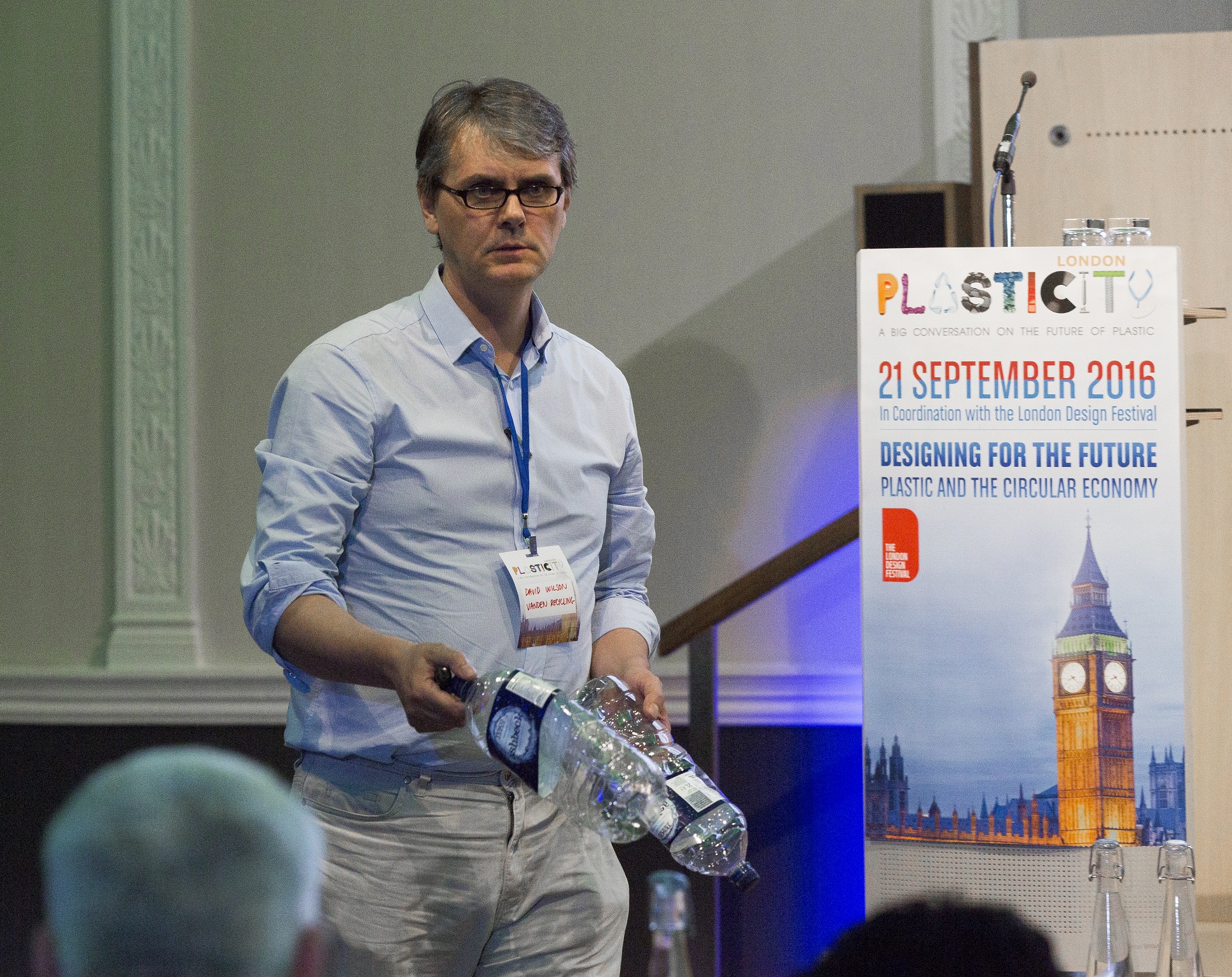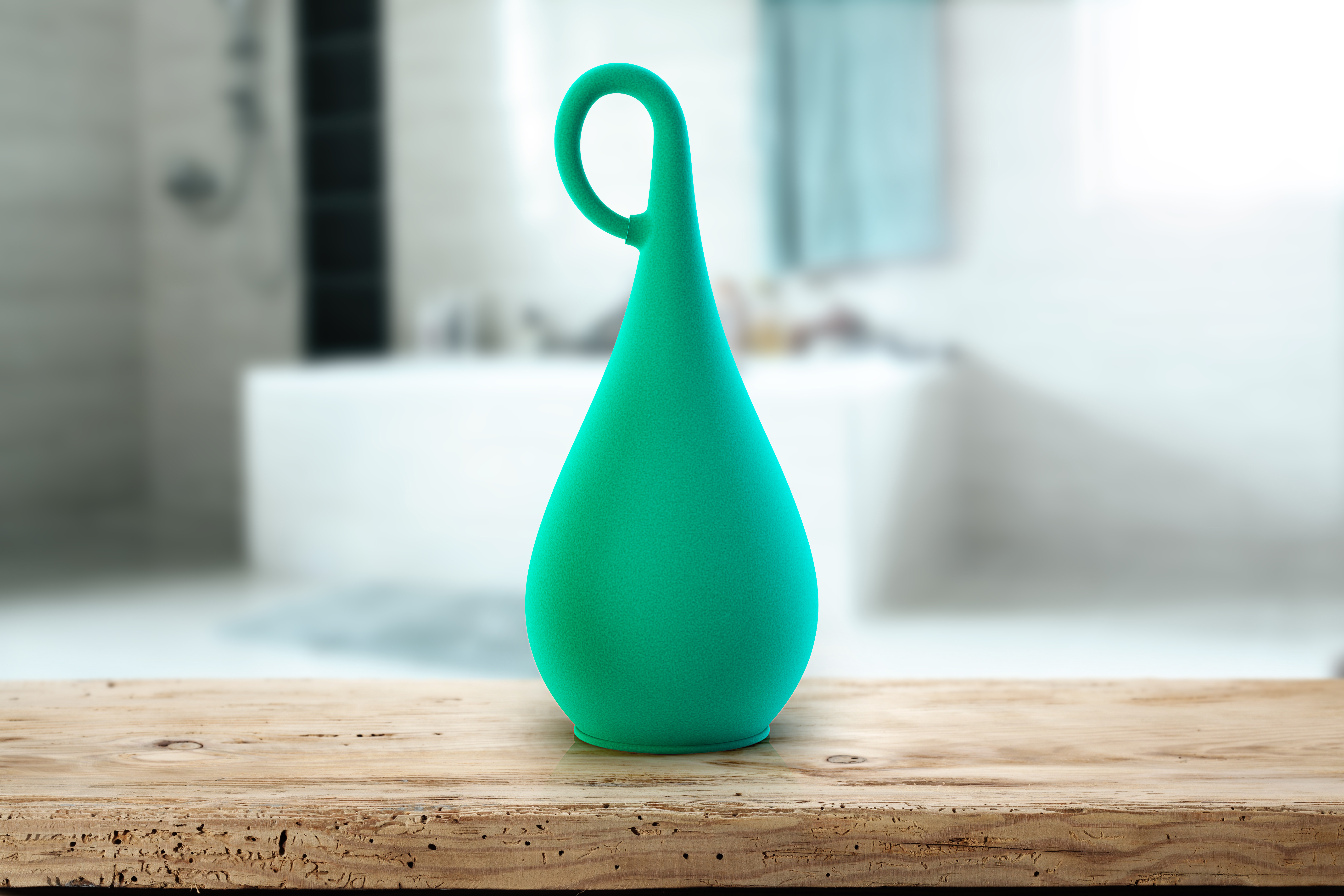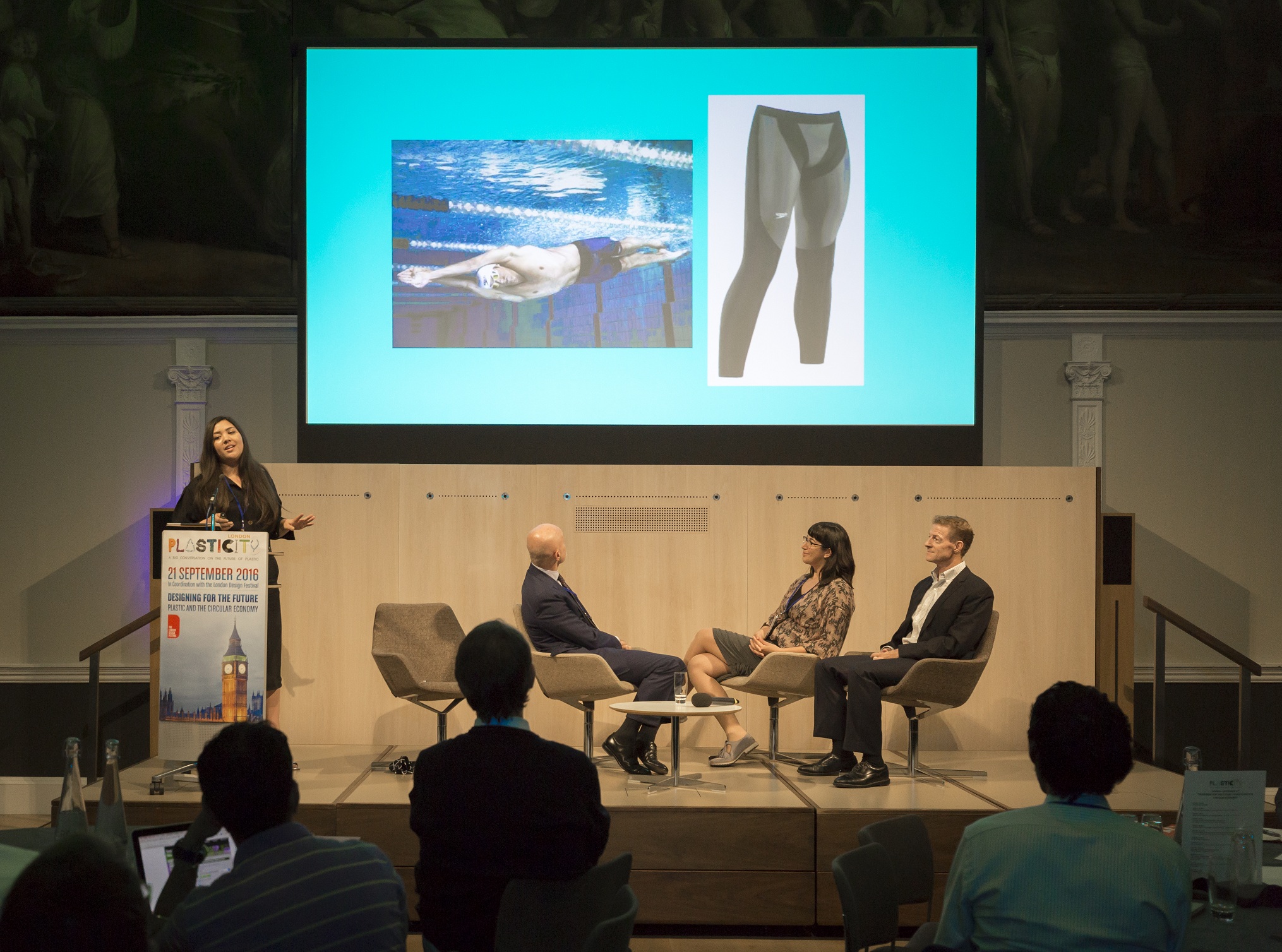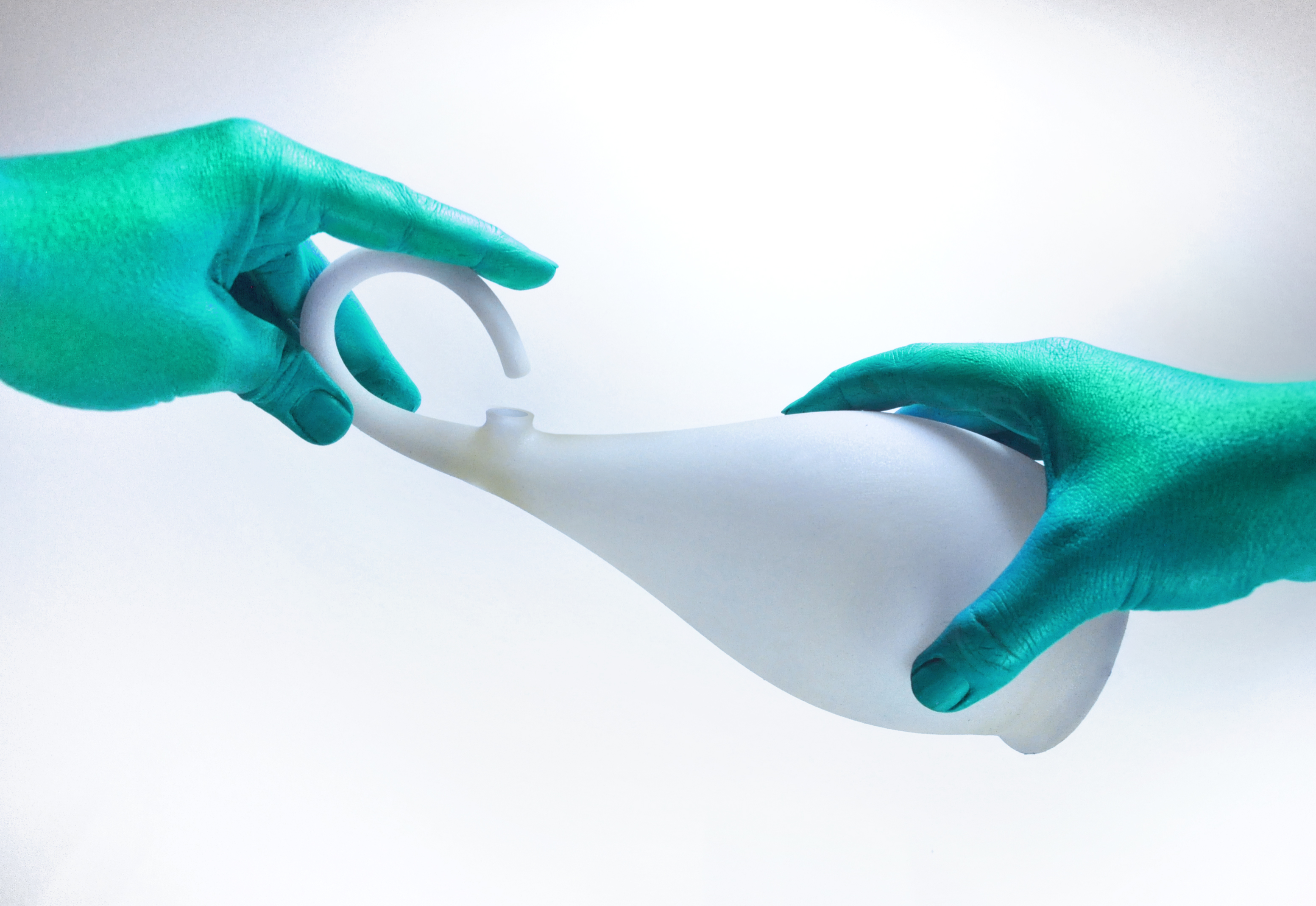“It is an incredibly important topic, and one of the most challenging of our time – dealing with plastic in its alter-life.”
In September 2016, the London Design Festival saw hundreds of creatives, practitioners, retailers and educators come together to celebrate and promote design in the capital of the United Kingdom. Out of the 400 events that took place during the festival, one was particularly special—the Plasticity Forum.
Held on 21 September, the Plasticity Forum aimed to bridge the gap between the design community and plastic experts. Attendees were given the opportunity to learn about sustainable design and initiatives that promote recycled material, while also creating jobs and tackling waste reduction.
Marilu Valente, a Designer of Innovation in Sustainability, was invited to exhibit her latest creation: a futuristic shampoo bottle. Her passion for sustainable design began during her architecture degree. During her course, she realised how a building could have the potential to reduce its environmental impact through passive heating, natural lighting and ventilation.
Here, Marilu takes the IPF on a tour inside the Plasticity Forum at the London Design Festival.
Since graduating from university, I have realised that in order to make an impact, it is also very valuable to re-design and re-imagine the smaller objects of consumption that we use on a day-to-day basis.
I began to think about products that were of a smaller scale than buildings—and eventually decided to make the career change from an architect to a product designer. Since then, I have designed several products around the theme of sustainability, recycling and resource efficiency.
Inside the Plasticity Forum
The organisers of the Plasticity Forum were very clever to invite professionals from different backgrounds. The line-up included recycling plant owners, producers of raw materials, designers, consultants from big corporate companies, and even a boiled egg production plant owner (yes, no joke).
You might be wondering—what was a boiled egg manufacturer doing at the London Design Festival?
That’s the beauty of what is known as the “circular economy“. A circular economy is a system in which resources are kept in use for as long as possible by extracting their maximum value, before recovering and reusing their materials at the end of their life-span. You never know who the players are. Even boiled egg manufacturers can be part of it.
In the circular economy, what is considered “waste” to one can be a resource for another.
Pankaj Pancholi, the owner of the egg plant, had found a way to recycle thousands of egg shells into calcium carbonate. The Plasticity Forum gave him the opportunity to shout-out to other companies who might need his bi-product as a resource.
And many other ideas emerged during the conference as well. During one session, we heard from the CEO of Aquafil Group, Giulio Bonazzi, whose company imports waste fishing nets, recycles them in their
recycling plant, and turns them into raw nylon, which they then sell to customers including swimwear designers and carpets manufacturers. Giulio pointed out that, in a circular economy, relationships with customers are crucial. When customers don’t make money, producers don’t make money. This links back to the term “thinking circular”.
Sustainable design and a shampoo bottle
I created the design for my shampoo bottle after reading a book about sustainable design, waste and recycling: Le Grand Débordement. It described how plastic bottles are made from two components: the cap and the body, both of which are made with two different types of materials and two different manufacturing techniques.
This means traditional plastic bottles require resource-intesive production and recycling processes, which consumes a lot of energy.
I started to image a packaging system that integrated the cap and body of the bottle into a single element. I derived the shape of the bottle from the shape of the Nepenthes plant, which traps insects in a thin, flexible cavity. I used the thin, bendable element of the plant as a replacement for the cap of the bottle. The cap-less feature became my main selling point.
Challenges with the design
My goal at the Plasticity Forum was to find a production partner who would help produce my shampoo bottle. I therefore wrapped up my talk by inviting audience members to come and talk to me. This brought up some challenges.
The owner of a plastic packaging manufacturing plant approached me with an interesting point that would cause problems during the manufacturing process. He explained that I would need an automatised way of closing the bottle. This was something I had never thought of before.
I hope this is a step in the right direction towards finding the right partners to share this journey with.
However, my product was well-received by the audience at the London Design Festival. Many came to my table to analyse and touch the prototype. This confirmed the interest people have towards such a design and suggested that they might actually buy the product. So there is hope for this crazy design to be manufactured.






![Marilu presenting her design at the Forum. [Photo credit: Marilu Valente]](http://the-ipf.com/wp-content/uploads/2016/10/speech.jpg)